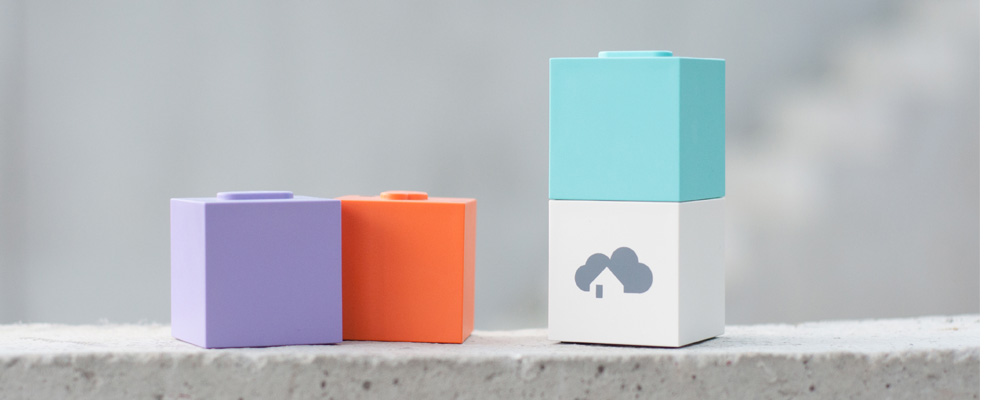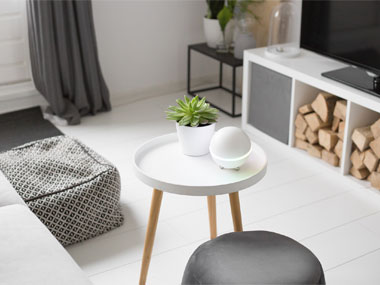
Putting homee to the Test: The Modular and Versatile Smart Home Central Control
Smart HomeWhen setting up a Smart Home, a number of pitfalls await because different manufacturers and systems operate in this market. However, most of them don’t really harmonise with one another. This makes it difficult – or sometimes even impossible – to have the various components of different manufacturers together under one roof – in other words, to get them to network with one another in a single Smart Home. At least not with the hardware that comes from the manufacturers themselves.
Luckily, there are clever third-party providers who can help. One of these providers is the Dutch company Athom, whose Gateway Homey we introduced to you recently. There is also a like-minded company in Germany working to make Smart Homes simpler and more versatile: homee GmbH.
Smart Home – as easy as Lego
Their Smart Home Hub is called homee (not to be confused with Homey) and is a modular system that consists of various colourful cubes. It all starts with the white cube, the Brain Cube. It is the central control unit and is an absolute necessity. It works with Wi-Fi and is already compatible with many providers and their devices, including AVM FRITZ !, Belkin WeMo, Netatmo and our Nuki Smart Lock.
If you would like to network more components, then there are three more supplementary cubes for you to choose from. Plugging the purple cube into the base will make homee work with Z-Wave as well. This will enable you to network products from companies such as Danfoss and Fibaro. With the orange cube, the ZigBee-Cube, the Philips Hue, IKEA TRÅDFRI und Co can be brought into the system. And finally, the turquoise cube supplements homee by adding the wireless protocol EnOcean, which is used by Eltako and NodOn, among others. What is particularly exciting about these components is that, thanks to “energy harvesting”, many of them do not require a power supply. You can buy the individual cubes according to your needs, and if you’d like additional cubes, you can expand your collection bit by bit later on, thus growing your Smart Home piece by piece.
Homeegramms make life easier
All devices connected to homee can be easily and conveniently controlled using the clearly arranged homee app. The app is available free of charge for iOS and Android. In addition, homee also provides a web app for those who prefer to set up and manage their Smart Home on their computers.
Of course, the apps don’t just enable you to control each individual device and turn them on or off; you can also network them with one another in a complex manner. This is done via the Homeegramms, which provide you with countless ways to set up your Smart Home exactly how you want it. So when you unlock your Nuki electronic door lock, for example, you could have your thermostat set to react by warming your house to the perfect temperature and your lighting to switch to the desired mood mode. And when you go to bed in the evening, you can use the “sleep” mode to turn off the entire house, i.e. lights, networked devices and more. In addition, shutters can be set to roll down and the thermostats can be programmed to lower room temperature to a set level.
Of course, it’s not just the app or the sensors and actuators that can trigger the Homeegramms – they can also be activated via voice command. Homee is compatible with both Amazon Alexa and Google Assistant, the two leading speech assistants.
Our conclusion on homee
At first glance, the selection of compatible devices does not seem quite as extensive as that provided by its rival system Homey. But this is also due to the fact that all of homee’s innovations are implemented exclusively by the development team – and not partly by the community, as is the case with Homey. At the very least, however, this does provide additional reassurance that, ultimately, everything will function reliably.
In my practice test with homee, every aspect of it worked wonderfully. Setup is easy and intuitive. The system works steadily and reacts quickly. So if you are not just looking for one single provider, but rather would like to combine and network Smart Home components from several manufacturers, then homee provides a very versatile, successful and yet reasonably priced solution.
image rights: homee GmbH




